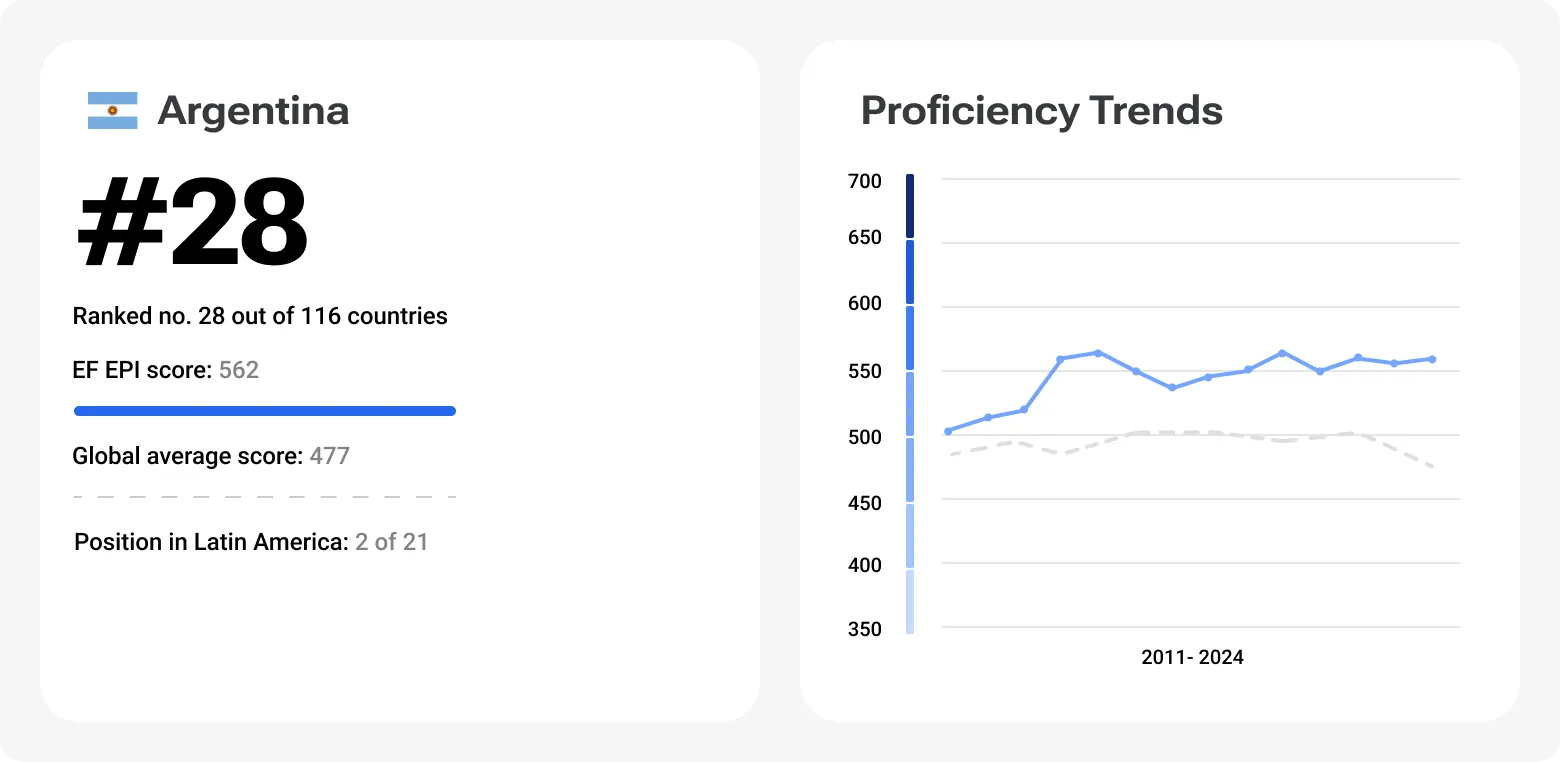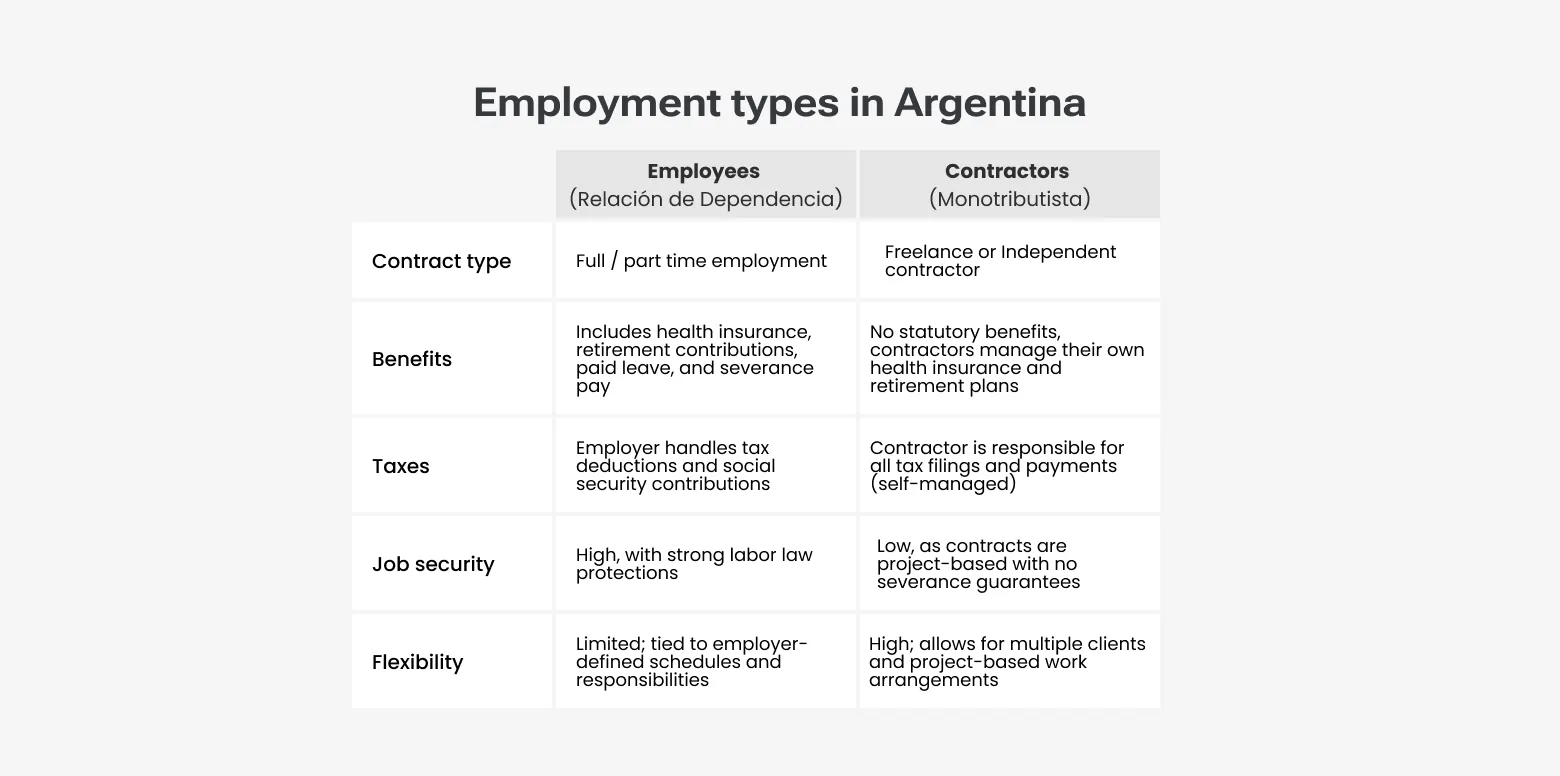Outsourcing to Czechia

How much does it cost to hire developers in Czechia?
Dec 2nd 25 - by Devico Team
Find out how much it costs to hire software developers in Czechia in 2025. Compare hourly rates, roles, and factors that impact pricing.
Hire
Hire by role
Hire Front-end developers
Hire Back-end developers
Hire Full-stack developers
Hire Android developers
Hire iOS developers
Hire Mobile developers
Hire AI engineers
Hire ML engineers
Hire Automation QA engineers
Hire Blockchain developers
Hire Data engineers
Hire Cloud engineers
Hire by skill
Hire JavaScript developers
Hire TypeScript developers
Hire Ruby on Rails developers
Hire React Native developers
Hire Flutter developers
Hire Golang developers
Hire React.js developers
Hire Python developers
Hire PHP developers
Hire .NET developers
Hire Java developers
Hire Laravel developers

Outsourcing to Argentina
October 07, 2025 - by Devico Team
Summarize with:
Just pay attention to this: In just one year, Argentina has increased the number of domestic unicorns from 5 to 11. Great pace that puts it ahead of several Latin American peers in the tech space.
And well, among other reasons for such growth, we can also list US companies that nearshore software development in Argentina.
Alluring mix of skillful talent and adequate costs makes Argentina a top-of-mind destination in 2025.
But hiring software developers in Argentina takes more than scanning hourly rate charts or checking boxes on Clutch. You need a real-world understanding of how pricing works, what kinds of talent are available, how communication flows across time zones, and where the blind spots are:
How much it costs to hire Argentinian developers (and why it fluctuates — yep, you read it right)
What makes the talent pool attractive
The time zone and cultural fit factors
The challenges you need to prepare for and how to actually avoid them
How Devico is helping US companies hand over software development to Argentina
Ready? Read carefully.
Argentina offers top tech talent, U.S. time-zone alignment, and strong English skills, making it a smart outsourcing choice.
Understanding the importance of software for the future, Argentina implemented several nationwide tech disciplines and is now reaping the benefits.
Argentines have an established renomee in custom development, artificial intelligence, blockchain, and consulting in these niches. About 27,000 new techies graduate annually, forming a strong tech talent pool of over 115,000 software developers.
University of Buenos Aires (UBA): Ranks 1st in Argentina and 71st globally as per QS World University rankings.
Buenos Aires Institute of Technology (ITBA): Has strong engineering programs and international partnerships.
Universidad Nacional de La Plata (UNLP): Offers over 100 degrees across 17 faculties and has advanced programs in Artificial Intelligence and Data Science.
As a side note, Argentina has 5 Nobel Prize winners, two of them in the Medicine/Physiology niches.
GMT-3 closely aligns with US Eastern Time (GMT-5). This offshore time-zone difference overlap creates convenient conditions for real-time collaboration and effortless coordination with US-based teams during regular business hours.
Argentines generally have strong English skills, which eliminates misunderstandings. CEOs, CTOs, and tech leaders know that strong English proficiency eases off project management and increases their chances of including Argentina in an outsourcing strategy.

The Argentine government has implemented various initiatives to bolster the tech sector. The Incentive Regime for Large Investments (RIGI) offers tax benefits (35% → 25%), accelerated VAT refunds, exemptions from certain taxes, and legal certainty to foreign investors.
Corporate Income Tax (CIT) – 25% to 35%,
Withholding Tax – 7% applies to dividends and fund transfers.
Capital Gains Tax – 25% to 35%.
Value-Added Tax (VAT) – 21%.
For self-employed IT professionals, Personal Income Tax (PIT) ranges from 5% to 35%, and a 15% Capital Gains Tax applies to securities not listed on a stock exchange.
Due to such incentives, Buenos Aires, Cordoba, and Rosario have become popular tech hubs. And in Buenos Aires, you can find offices of top worldwide giants: Microsoft, Dell, Amazon, and Meta.
The cost of software development in Argentina isn’t as tempting as in India, for example. But still, compared to many Western countries, the tag is pretty good, especially considering the quality of the output. Average hourly rates for software developers in Argentina range from USD 18 to USD 45+, depending on experience and expertise.
When hiring software developers in Argentina, take into account future fluctuations. Alternatively, pay in dollars; almost all companies are flexible about payment matters.
Junior devs: USD 2,500/month.
Mid-level devs: USD 3,000/month.
Senior devs: USD 4,000+/month.
Not the lowest rates globally, indeed. But the combination of high-quality talent, cultural alignment, and time zone compatibility offsets the monetary matter. This balance means better project outcomes and long-term cost savings.
Usually, a 1-2 hour difference comes across as just a communication matter. Like, it’s convenient to have daily/weekly standups or to throw messages in Slack, assured you’ll get a quick answer.
Yet, a similar time zone also reduces travel expenses and simplifies legal/contractual processes. Eventually, this leads to lower operational costs when nearshore software development in Argentina.
Once the engagement model question is on the table, it’s time to look at the practical options. Different models address different needs like dedicated software development teams are designed for long-term, stability-driven projects, while others like staff augmentation services are more flexible and cost-oriented. Understanding these distinctions helps align Argentina’s outsourcing potential with your business priorities.
Usually, long-term and product-led initiatives choose this model because under it, tech people, PMs, and designers dive into the product, gaining deep domain knowledge and regularly collaborate with the client.
Pros: Full team alignment, smoother onboarding, consistent codebase quality and organized knowledge transfer.
Cons: Higher commitment, higher costs, less flexibility if project scope shifts (but it depends).
Best for: Mid‑sized startups and established companies building scalable products.
All you need to know about outsourcing software development to Argentina
You have a team. You have thoroughly balanced its skills, the quality, and the cost of its output. But you feel like it’s insufficient. This is where staff augmentation comes in. It adds specific skills to your existing team, such as a senior backend engineer or DevOps specialist.
Pros: Quick ramp-up, precise skill coverage, kept internal control.
Cons: You manage onboarding and coordination, limited long-term cohesion.
Best for: Teams with in-house tech leadership with an urgent need to bridge skill gaps.
If you want to hand over a particular scope or project completely, this option is for you. Vendor handles full delivery from design to deployment. You outline a specific SOW and lock the price.
Pros: Predictable costs and timelines, minimal internal overhead.
Cons: Less flexible mid-project, risk of misaligned expectations.
Best for: Short-term, well-defined projects: MVPs or feature builds.
Freelancers: Often cost-effective and agile for specific tasks. Serve best for small builds or UI tweaks. Have a higher risk for large-scale solutions, including sensitive information and IP.
Agencies: Contract, “official” workers with a defined structure and typical workflow. They cover many directions at once, from full-stack developers to automation QA engineers. Better suited for enterprise-grade products with long-term roadmaps.
The state and peculiarities of the current market form future Argentina’s IT outsourcing trends, as the demand should be processed properly. So, what are the nuances of the current specialization and jobs here?

High demand for AI, data, and fintech roles: Local market is strong in software engineering. Here, you have higher chances of finding an appropriate machine learning engineer or blockchain developer. Yet, rates for specialized roles are typically 20% higher.
Frontend and generalist backend roles are even easier to fill, but specialized roles require proactive sourcing and competitive compensation.
Challenge: Skilled developers are in demand across Argentina’s growing tech scene.
Solution: Team up with agencies; they offer resource stability via bench reserves.
Argentine peso inflation remains high. Contracts can include escalation clauses or USD pegs to protect purchasing power and budget stability. Secure developer contracts in USD with a pesification clause tied to CPI or Central Bank indicators.
Also, size up quarterly reviews of rates to align with inflation trends (official CPI climbed from ~117 % in 2024 to ~47 % by April 2025).
Use NDAs and work-for-hire contracts to secure IP.
Ensure GDPR-equivalent data handling for European clients and clarify tax obligations under Argentina’s Knowledge Economy Law (27,506).
Look for ISO/IEC 27001 certified companies locally (via IRAM or ISO bodies)
Request documentation showing alignment with Argentina’s Ley 25.326 (Personal Data Protection Act).
Include audit rights and breach notification timelines (72 hours) in contracts.
Argentinians favor direct, respectful communication with humor and relationship-building.
Don’t be shy to ask open-ended questions, but avoid micromanagement, and schedule regular casual check-ins.
Argentina vs. India: Which outsourcing destination works better for US companies?
The success of outsourcing to Argentina largely depends on choosing the right vendor, one with proven expertise by case studies, strong references, and cultural compatibility. Knowing where to search for such partners is just as important as knowing how to engage them.
Agencies: Hop on Clutch and GoodFirms and narrow candidates by reviews and case studies.
Freelance marketplaces: If you are a small business, choose Fiverr or Upwork and filter by rating, regional preference, and verified work samples.
Local tech communities: For SMEs and enterprises, it’s worth attending Buenos Aires Ruby, Data Science meetups, or similar industry events for direct referrals.
Require case studies or GitHub repos from past work. Use technical take-home assignments or live coding sessions relevant to your stack.
To avoid suspicious schemes:
Use time-boxed live coding through shared IDEs (e.g., VS Code Live Share), and ask candidates to explain their code live to make sure they didn’t use AI.
Follow up with a post-test code walkthrough call. AI tools can’t properly articulate reasoning or trade‑offs.
Choose prepared recruiters so that they can adequately test candidates’ English fluency. What about non-technical hires? Use Ted-l parser evaluation: ask for a brief project pitch and note clarity, vocabulary, and response flow.
Rate interaction quality: Native-like idioms are not expected, but clear, project-focused communication is essential.
Confirm regular pen-testing, vulnerability scans, and SOC 2 or local equivalents.
Ask if the company has completed a GDPR audit under ISO-IEC 27001 Annex A and can provide a summary.
Ask if the vendor can scale a team by 20-50% within 3-4 weeks. Ensure long-term support with defined SLA, bug-fix turnarounds (e.g., 24-48 hours), and dedicated support.
The country is making headway as a top-of-mind destination for software development. Argentina has everything for this: skilled devs, a wide range of specialities, a convenient time zone, and English fluency.
Indeed, the cost of software development in Argentina is not the lowest worldwide, but still one of the most adequate in terms of cost-value balance.
Whether you are a small business or an established SME, Devico is ready to help. Book a free 1-hour call, and let’s figure out how we can help together.
Outsourcing to Czechia

Dec 2nd 25 - by Devico Team
Find out how much it costs to hire software developers in Czechia in 2025. Compare hourly rates, roles, and factors that impact pricing.
Outsourcing to Czechia

Nov 25th 25 - by Devico Team
Compare Czechia and Poland for software outsourcing in 2025. Discover costs, talent, infrastructure, and which country fits your project best.
Outsourcing to Czechia

Nov 18th 25 - by Devico Team
A complete guide to outsourcing software projects to Czechia, learn about costs, talent, benefits, and how to build successful partnerships in 2025.